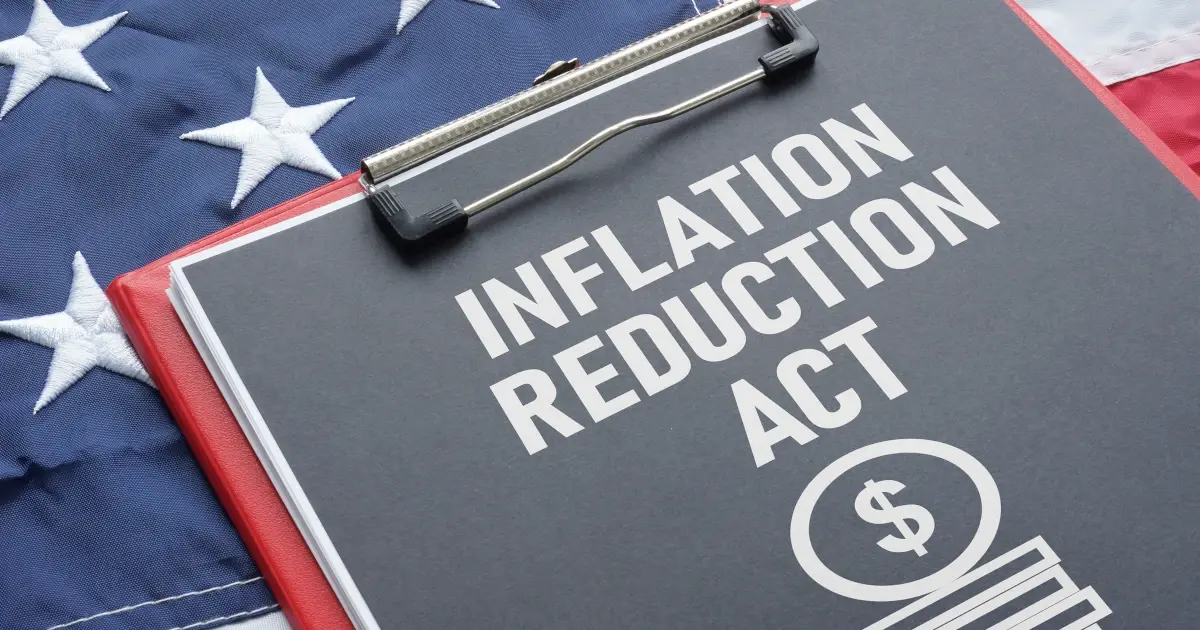
MacroFab Blog
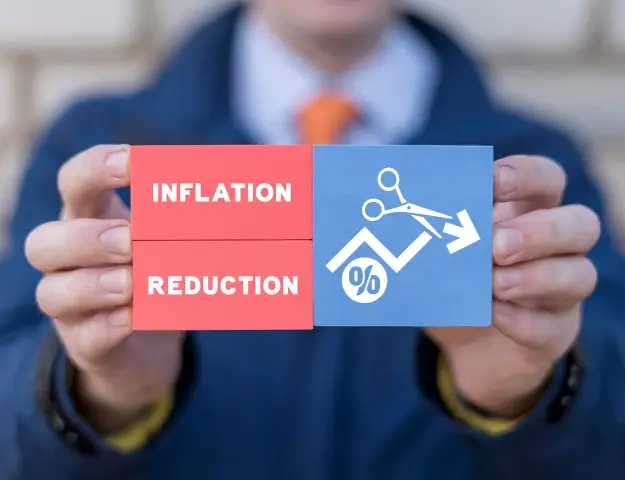
The Inflation Reduction Act of 2022 (IRA), which was signed into law in Q3 of 2022, is designed to maintain the United States as a global leader in clean energy technology, manufacturing, and innovation. By boosting R&D, incentivizing domestic manufacturing investments, and encouraging the use of locally sourced materials, this legislation aims to enhance domestic manufacturing capacity.
This initiative not only safeguards critical national security technologies, such as communications, advanced munitions, and satellite technology but also significantly contributes to American GDP and innovation. According to the Department of Defense, US manufacturing is responsible for 55 percent of all patents and 70 percent of all R&D spending. Despite making up only 11 percent of the nation’s GDP, it accounts for 60 percent of exports.
Though the IRA shares some common ground with previous legislation like the Bipartisan Infrastructure Law and the CHIPS & Science Act, its primary focus is on offering tax credits to businesses and individuals. These credits are intended to encourage labor improvements and training, as well as prioritize the use of clean energy. This article will concentrate on the advantages offered to businesses, rather than individual tax savings.
Key Takeaways
• Impact on National Security and Economy: The Act safeguards essential national security technologies and contributes significantly to American GDP and innovation.
• IRA Benefits for Businesses: The IRA provides a range of tax benefits and credits for manufacturing businesses of all sizes.
• Clean Energy Incentives: The Act allocates nearly $400 billion to clean energy incentives, including tax incentives, grants, and loan guarantees for manufacturing.
• Expanded Research and Development Credit: The IRA expands the research credit, allowing eligible small businesses to apply an additional $250,000 towards qualifying research expenses.
• Expected Demand Surge in Electronics Manufacturing: The IRA boosts demand for electric vehicles (EVs), influencing domestic electronics manufacturing, especially in EV charging technology and domestically-built solar components.
How Does the Inflation Reduction Act Affect Businesses?
Checkpoint
The IRA directs nearly $400 billion to clean energy incentives including $47 billion allocated for manufacturing.

The Inflation Reduction Act (H.R. 5376) is a pared-down version of the Build Back Better Act that stalled in the Senate in 2021. This legislation encompasses a variety of tax benefits and credits for manufacturing businesses across all sizes, totaling up to $216 billion, while providing the IRS with $80 billion over the next nine years to improve and expand their business systems, enforcement operations, and taxpayer services.
The bill also directs nearly $400 billion to clean energy incentives, including tax incentives, grants, and loan guarantees, including over $47 billion allocated for manufacturing. It specifically encourages the manufacture of wind, battery, and solar components in the USA rather than abroad.
Tax Credits Available Under the IRA
Research and Development Credit

Under previous legislation, eligible small businesses could apply a portion of their research credit as a payroll tax credit against their employer Social Security tax liability rather than their income tax liability. This has been in effect since December 31, 2015.
Businesses could claim up to $250,000 of their credit for expanding research activities as a payroll tax credit against the employer’s portion of Social Security tax, using IRS Form 8974, titled “Qualified Small Business Payroll Tax Credit for Increasing Research Activities.”
Now, the Inflation Reduction Act expands this credit. It allows eligible small businesses to apply an additional $250,000 in qualifying research expenses as a payroll tax credit against the employer’s share of Medicare tax.
The credit cannot exceed the tax imposed for any calendar quarter, and any unused credit amounts can be carried forward to the next quarter. This provision will be applicable for tax years starting after December 31, 2022. To qualify as a small business, certain criteria must be met, including having gross receipts below a specified threshold.
Clean Energy Credit

Prior to the IRA, the Internal Revenue Code (IRC) incentivized clean energy primarily through the Section 48 investment tax credit (ITC.) This credit decreased from 26 percent in 2020-2022 to 22 percent in 2023 and was expected to fall to 10 percent from 2024 onwards.
But now under the IRA, businesses have the opportunity to take advantage of investment tax credits as high as 70 percent for qualified projects, resulting in substantial potential cost savings. However, this comes with intricate requirements and starts with a base credit rate of six percent. Let’s explore how these credits progress from there.
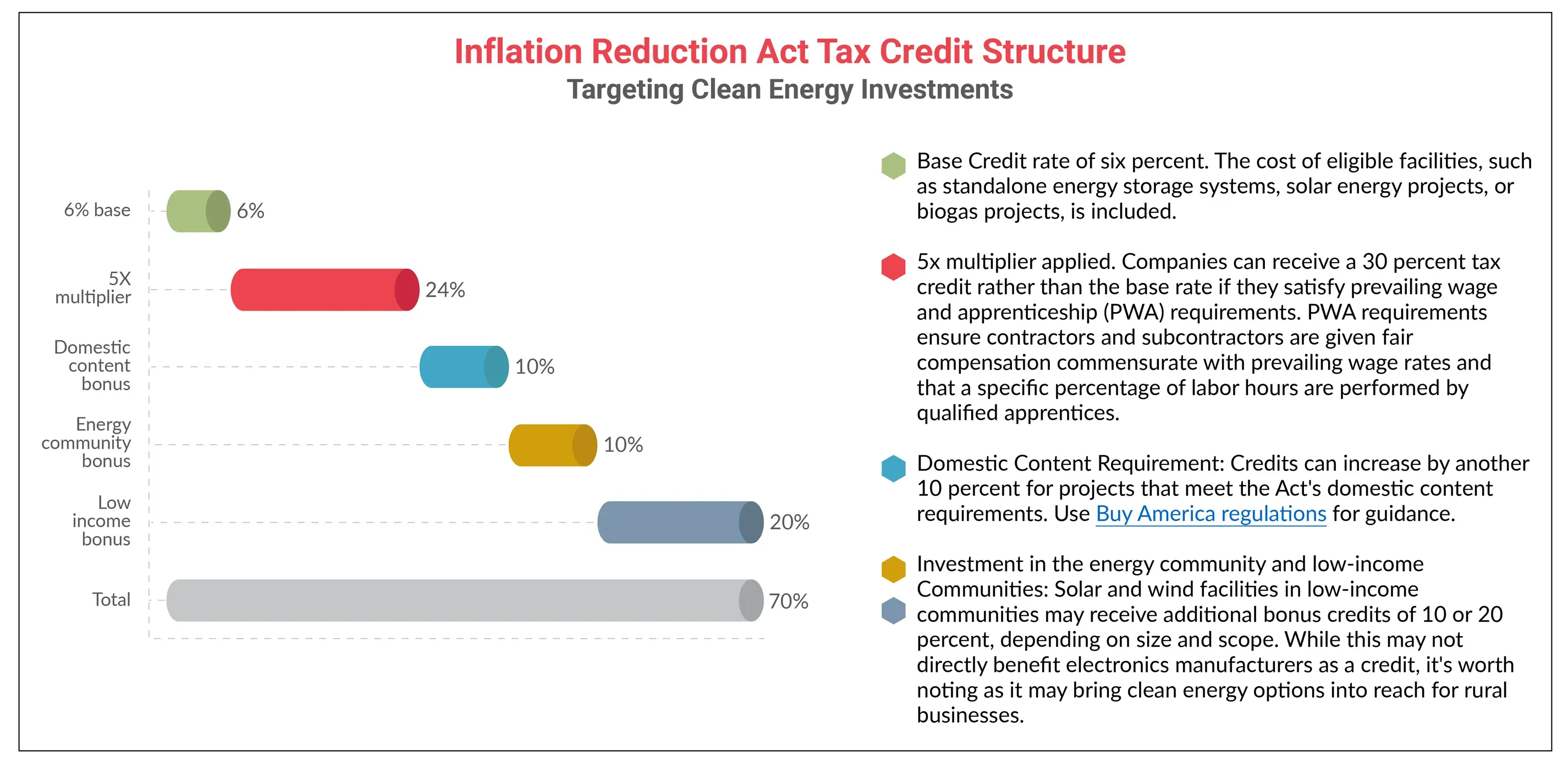
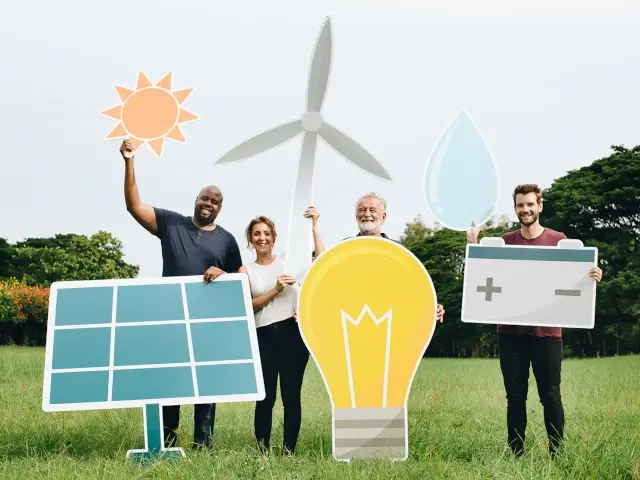
The Inflation Reduction Act enables energy credits to be used as payment toward a taxpayer’s tax liability. These credits are also transferable, allowing taxpayers to sell all or part of a tax credit for cash in certain cases. This feature could hold considerable importance for companies aiming to strengthen their ESG compliance.
Moreover, the IRC Sect. 179D deduction, which allows building owners to deduct the cost of energy-efficient buildings or the cost of installing systems to make older buildings more energy-efficient, has risen from $1.88 to $5 per square foot. Improvements to HVAC systems, building envelopes, and interior lighting are eligible. In the case of a 100,000-square-foot building, a deduction of $500,000 could be claimed.
Do you work in the energy sector? Read The Next-Gen Power Grid: Designing Systems for the Future to learn how PCBA design will impact tomorrow's energy grid.
Driving Demand in Electronics Manufacturing
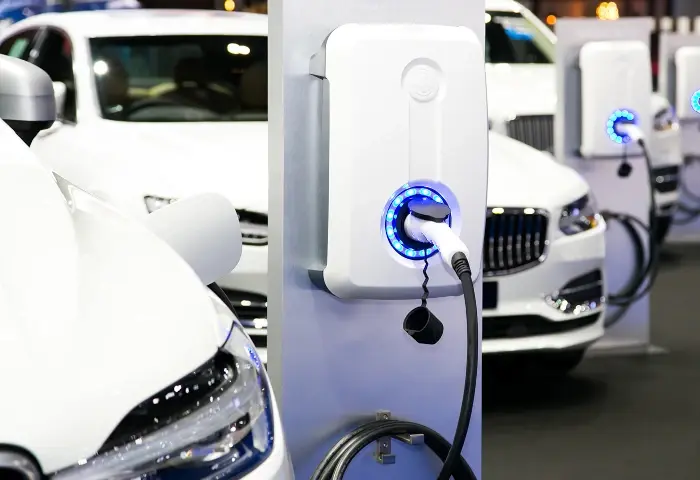
As the Inflation Reduction Act offers tax credits for electric vehicle purchases, an increase in EV demand is anticipated. The IRA grants a $7,500 federal tax credit to consumers who buy electric vehicles, but only those that comply with domestic sourcing requirements, including batteries. This is likely to substantially influence domestic electronics manufacturing in various ways, including
- Increased demand for domestically sourcedhardware components, like power inverters, and AC and DC motors
- An increase in EV charging technology
- An increase in domestically-built solar components
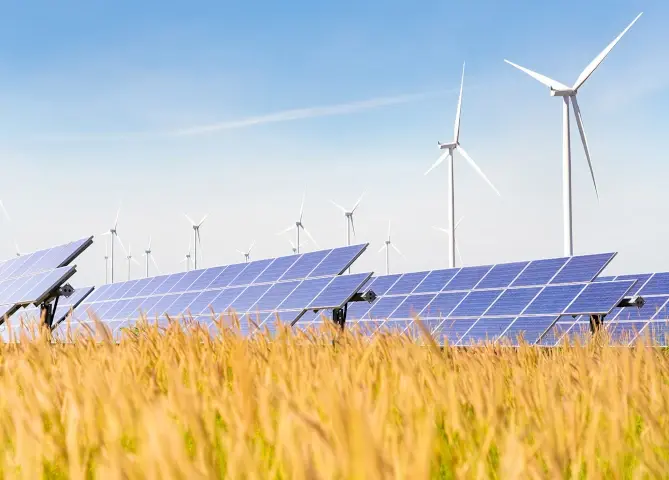
Furthermore, the low-income community tax credit (mentioned earlier) is expected to extend clean energy alternatives to rural areas where they are currently limited. This development may benefit manufacturers seeking large-scale sites. According to a recent Reuters report, many companies considering reshoring are searching for ideal, expansive plots of land near transportation infrastructure, with access to skilled labor in the vicinity and connections to renewable energy resources.
Currently, there are only a few such sites. The IRA significantly expands the Rural Energy for America Program and provides a route to bring more renewable energy resources online in rural areas where large plots of land are widely available. This may widen the pool of potential building sites for large OEMs looking to build new facilities in the USA.
Listen to Circuit Break Podcast hosts Parker and Stephen discuss open-source electric vehicle charging stations with Christopher Howell of OpenEVSE.
Potential Domestic Sourcing Challenges
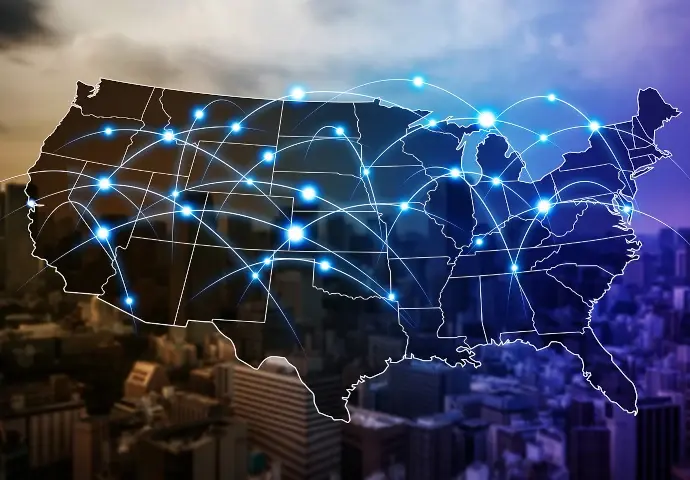
Adapting to the stringent domestic sourcing requirements of the Inflation Reduction Act could be a challenging task for companies that have been relying on global sourcing options. They should anticipate and be prepared for potential disruptions to their supply chains. This could involve time and resources dedicated to identifying new suppliers for components and for PCB assembly, renegotiating contracts, and managing potential issues related to product availability or mismatched delivery schedules.
Shifting to domestic manufacturing partners is not a quick process. Companies typically need to evaluate several potential suppliers to find the best fit. This transition period, which can span several months, is crucial to ensure alignment between the company’s needs and the supplier’s facilities, capabilities, pricing, and quality standards.
Small Businesses Can Cut Energy Costs
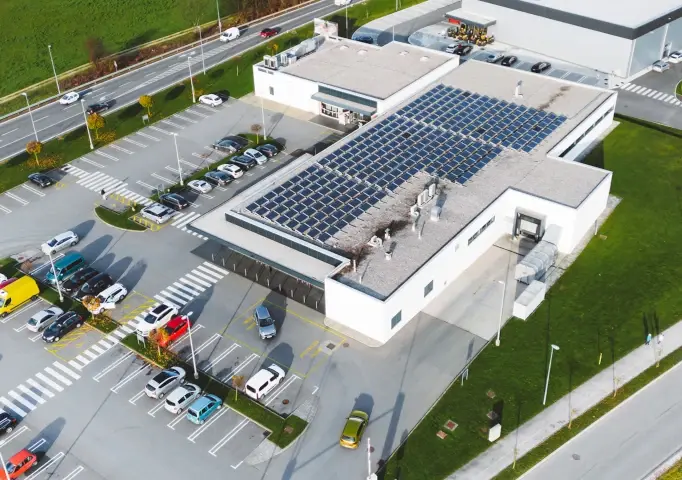
Finally, small business owners have multiple avenues to lower their energy costs through tax credits.
As previously mentioned, companies willing to upgrade their facilities can receive a substantial tax incentive of up to $5 per square foot to support energy-efficient improvements. Further, these improvements will strengthen the long-term financial stability of the company by reducing utility costs significantly.
Additionally, tax credits covering up to 30 percent of acquisition costs for clean commercial vehicles like electric and fuel cell models, are also available.
Are you curious about how domestic PCBA manufacturing contributes to national security? Read Securing the Nation: The Role of PCBA Manufacturing in the US now.
How MacroFab Can Help
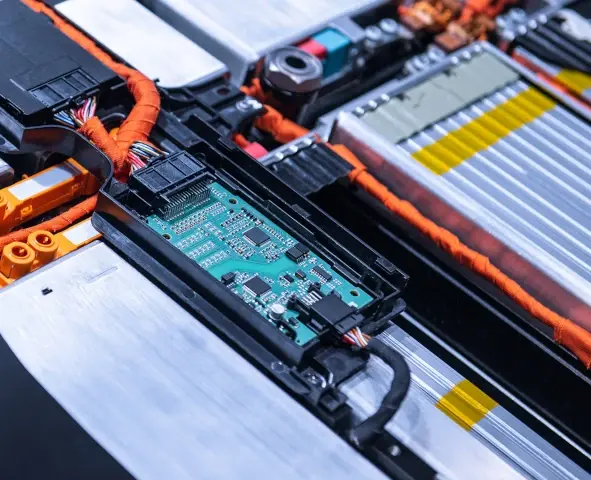
MacroFab is based in Houston, with a factory network located entirely in North America. We have strong partnerships with domestic sourcing options for your necessary electronic components. Let our team help you navigate Buy America regulations to ensure the most lucrative tax benefits for your project.
The energy industry will be increasingly compelled to embark on ambitious projects with the advent of this legislation, and MacroFab has the factory capacity to meet its needs, and with over 100 factory lines available, it’s easy to find the right fit. If your company needs additional manufacturing resources, reach out to our team.
MacroFab offers a flexible, innovative approach to product development, so you can get to market faster and with higher quality, while aligning with an American company that shares your values and quality standards. With MacroFab’s services, you can support domestic manufacturing while enjoying the benefits of Made in America excellence and the financial incentives provided by the Inflation Reduction Act.
Related Topics
Mapping Out a PCBA Supply Chain Strategy in Five Moves
Companies should create unique vendor relationships with numerous international suppliers due to the necessity of having to source components globally.
MacroFab’s Modern Approach to Strategic Sourcing
Many Contract Manufacturers (CMs) and Original Equipment Manufacturers (OEMs) have some sort of procurement team. So what makes MacroFab so different?
Electronics Production: Upgrading Inventory Systems with Modern Tech
Inventory and supply chain management software and processes play a pivotal role in safety, efficiency, & security of electronics manufacturing operations.
Our Experts Are Here To Help
Schedule a Meeting with a MacroFab ExpertAbout MacroFab
MacroFab offers comprehensive manufacturing solutions, from your smallest prototyping orders to your largest production needs. Our factory network locations are strategically located across North America, ensuring that we have the flexibility to provide capacity when and where you need it most.
Experience the future of EMS manufacturing with our state-of-the-art technology platform and cutting-edge digital supply chain solutions. At MacroFab, we ensure that your electronics are produced faster, more efficiently, and with fewer logistic problems than ever before.
Take advantage of AI-enabled sourcing opportunities and employ expert teams who are connected through a user-friendly technology platform. Discover how streamlined electronics manufacturing can benefit your business by contacting us today.